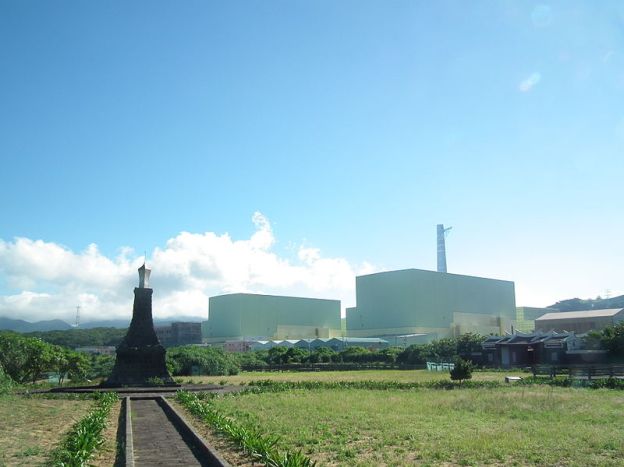The Paris climate agreement of 2015 calls for the Earth’s temperature to increase by no more than 2°C over pre-industrial levels, and ideally by as little as 1.5°C. Already, temperatures are 1°C above the pre-industrial, and they continue to climb, driven for the most part by CO2 emissions of 43bn tonnes a year. To stand a good chance of scraping under the 2°C target, let alone the 1.5°C target, just by curtailing greenhouse-gas emissions would require cuts far more stringent than the large emitting nations are currently offering.
Recognising this, the agreement envisages a future in which, as well as hugely reducing the amount of CO2 put into the atmosphere, nations also take a fair bit out. Scenarios looked at by the Intergovernmental Panel on Climate Change (IPCC) last year required between 100bn and 1trn tonnes of CO2 to be removed from the atmosphere by the end of the century if the Paris goals were to be reached; the median value was 730bn tonnes–that is, more than ten years of global emissions…
If you increase the amount of vegetation on the planet, you can suck down a certain amount of the excess CO2 from the atmosphere. Growing forests, or improving farmland, is often a good idea for other reasons, and can certainly store some carbon. But it is not a particularly reliable way of doing so. Forests can be cut back down, or burned—and they might also die off if, overall, mitigation efforts fail to keep the climate cool enough for their liking. …But the biggest problem with using new or restored forests as carbon stores is how big they have to be to make a serious difference. The area covered by new or restored forests in some of the ipcc scenarios was the size of Russia. And even such a heroic effort would only absorb on the order of 200bn tonnes of CO2 ; less than many consider necessary.
The world has about 2,500 coal-fired power stations, and thousands more gas-fired stations, steel plants, cement works and other installations that produce industrial amounts of CO2. Just 19 of them offer some level of Carbon Capture and Storage (CCS), according to the Global Carbon Capture and Storage Institute (GCSI), an advocacy group. All told, roughly 40m tonnes of CO2 are being captured from industrial sources every year—around 0.1% of emissions.
Why so little? There are no fundamental technological hurdles; but the heavy industrial kit needed to do CCS at scale costs a lot. If CO2 emitters had to pay for the privilege of emitting to the tune, say, of $100 a tonne, there would be a lot more interest in the technology, which would bring down its cost. In the absence of such a price, there are very few incentives or penalties to encourage such investment. The greens who lobby for action on the climate do not, for the most part, want to support CCS. They see it as a way for fossil-fuel companies to seem to be part of the solution while staying in business, a prospect they hate. Electricity generators have seen the remarkable drop in the price of wind and solar and invested accordingly.
Equinor, formerly Statoil, a Norwegian oil company, has long pumped CO2 into a spent field in the North Sea, both to prove the technology and to avoid the stiff carbon tax which Norway levies on emissions from the hydrocarbon industry. As a condition on its lease to develop the Gorgon natural-gas field off the coast of Australia, Chevron was required to strip the CO2 out of the gas and store it. The resultant project is, at 4m tonnes a year, bigger than any other not used for EOR. But at the same time, what the Gorgon project stores in a year, the world emits in an hour.
In Europe, the idea has caught on that the costs of operating big CO2 reservoirs like Gorgon’s will need to be shared between many carbon sources. This is prompting a trend towards clusters that could share the storage infrastructure. Equinor, Shell and Total, two more oil companies, are proposing to turn CCS into a service industry in Norway. For a fee they will collect CO2 from its producers and ship it to Bergen before pushing it out through a pipeline to offshore injection points. In September Equinor announced that it had seven potential customers, including Air Liquide, an industrial-gas provider, and ArcelorMittal, a steelmaker.
Similar projects for filling up the emptied gasfields of the North Sea are seeking government support in the Netherlands, where Rotterdam’s port authority is championing the idea, and in Britain, where the main movers are heavy industries in the north, including Drax.
The European Union has also recently announced financial support for CCS, in the form of a roughly €10bn innovation fund aimed at CC S, renewables and energy storage. The fund’s purpose is not to decarbonise fossil-fuel energy, but rather to focus on CCS development for the difficult-to-decarbonise industries such as steel and cement.
Excerpts from, The Chronic Complexity of Carbon Capture, Economist, Dec. 7, 2019
























